What role does the hand hoe have in rice production in Morogoro, Tanzania?
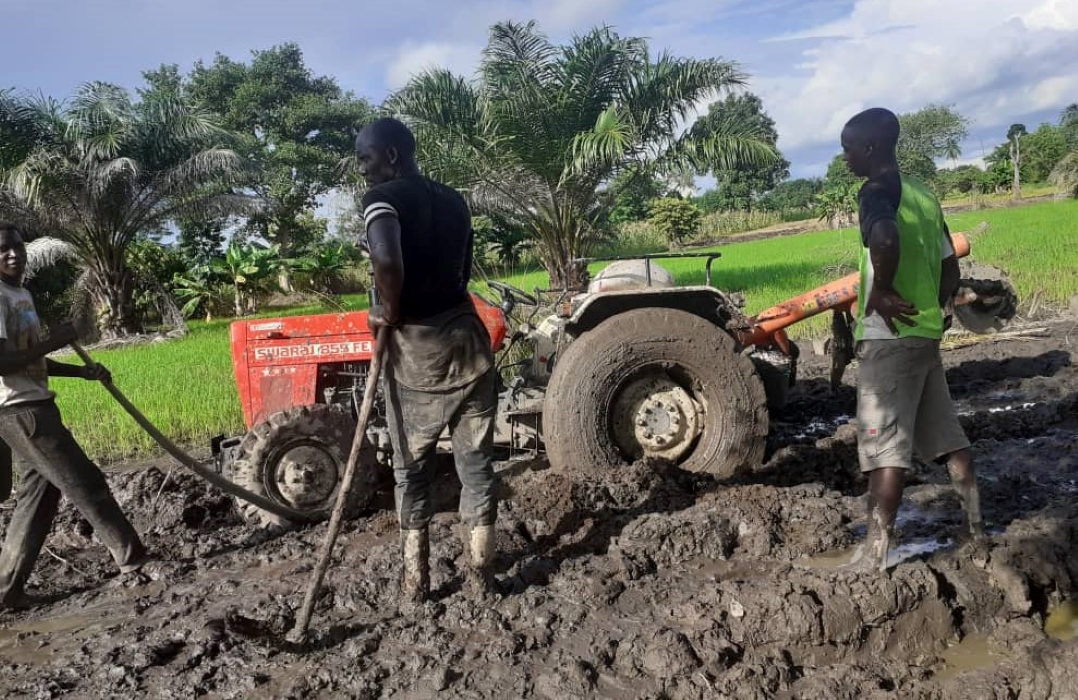
Basic hand hoes have always played a key part in rice production in Morogoro, Tanzania – but as ox-ploughs and tractors become more widely used, is there still a place for the traditional farm implement? Using information from a recent study, APRA Tanzania researchers discover that factors such as geography play a role in determining the most effective implements for rice farmers.
Prepared by Ntengua Mdoe, Gilead Mlay, Aida Isinika, Gideon Boniface and Christopher Magomba
The national rice development strategy in Tanzania recognises that the use of improved farm implements above the traditional hand hoe is crucial in expanding areas under rice production and increasing productivity. It seeks to promote agricultural mechanisation in the form of animal traction involving ox-plough and mechanical power with tractors through increased participation of the private sector and supporting research and development of simple and affordable farm implements.
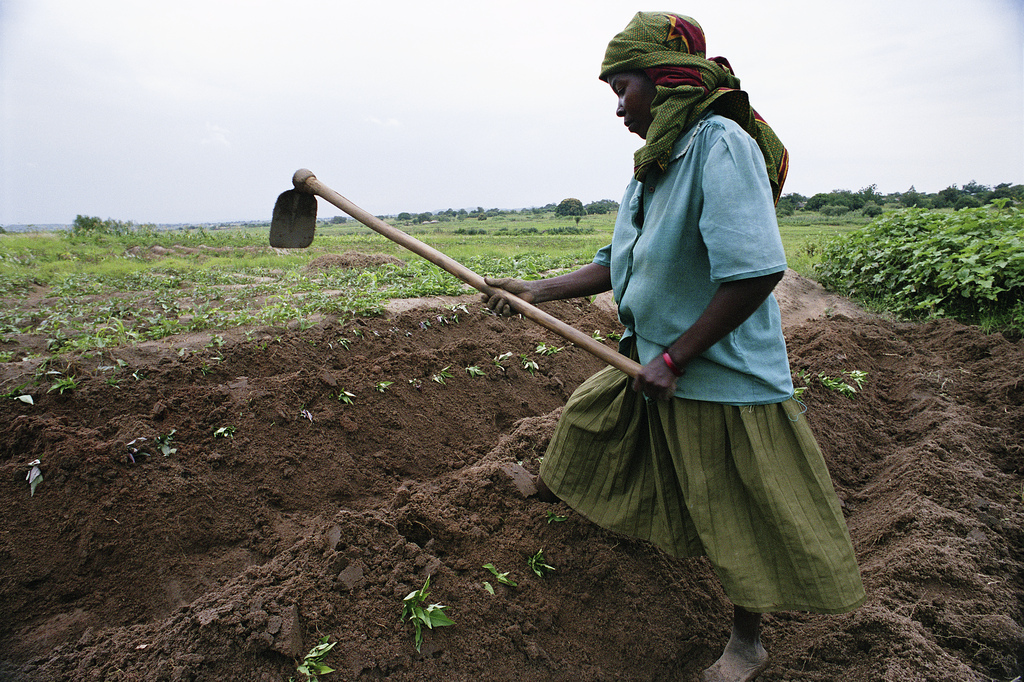
In Kilombero valley – Kilombero district, the use of ox-plough was introduced by agro-pastoralists who have been emigrating from various agro-pastoral area such as Sukuma land into Kilombero valley since 2000, while tractors were introduced by large scale rice farmers in the 1980s. The use of ox-plough increased after 2012, following purchase of livestock by indigenous people from the agro-pastoralists who were evicted by the government from the Kilombero valley to avoid environmental degradation resulting from increased livestock numbers. The introduction of ox-plough and tractor increased the number of tillage implement options for farmers to choose from depending on their financial resources available and perceived incomes from using these implements. This blog uses first round data collected in October 2017 for the rice commercialisation study supported by the Agricultural Policy Research for Africa (APRA) programme to provide evidence on the extent of use of these farm implements and their benefits to rice farmers.
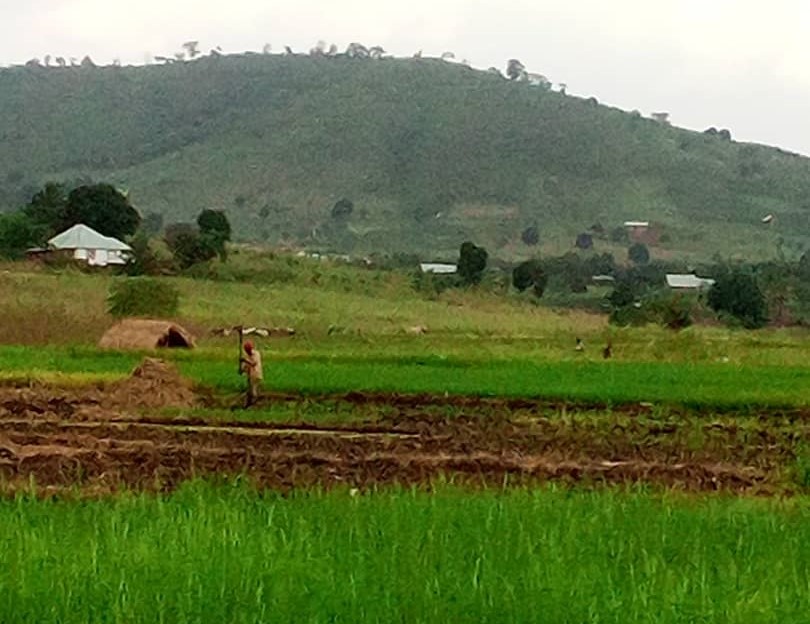
Extent of use of ox-ploughs and tractors
Although the use of ox-plough and tractors among rice farmers in Kilombero has increased since their introduction, the hand hoe is still being used as a farm implement either alone or in combination with ox-plough and/or tractor. A number of factors have inhibited farmers from completely replacing the hand hoe with ox-plough and tractors irrespective the scale of their rice farms. Consequently, most rice farmers are using a combination of hand hoe and ox-plough, hand hoe and tractors or hand hoe, ox-plough and tractors. The reasons for a complete replacement of hand hoe are:
- Small size of rice farm meaning that ownership and hiring of ox-plough or tractor service is not cost effective;
- Some rice farm operations such as weeding and fertiliser application cannot be done using ox-plough or tractor and;
- Ineffectiveness or difficulty using ox-plough and/tractor in some parts of the rice farm. For example, rice farmers using tractors are compelled to use ox-plough in swampy areas of the Kilombero valley where tractors cannot be used effectively. Also, users of ox-plough and/or tractors are compelled to use hand hoe to clear remaining weeds after using these implements.
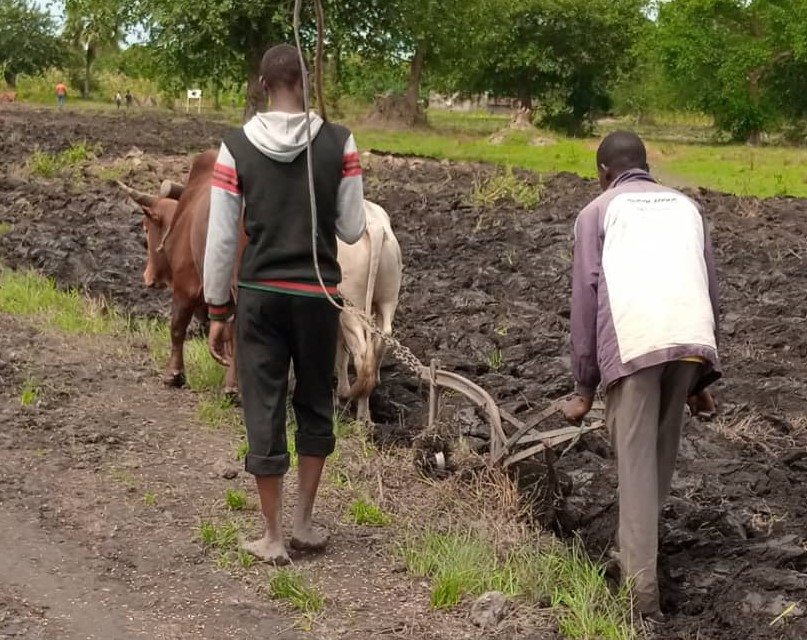
With the exception of the hand hoe – owned by all sampled rice farmers because of the aforementioned limitations, ownership of ox-plough and tractor varied by farmer category. The percentages of medium scale farmers (MSF) owning ox-plough and tractor were higher than those of small scale farmers (SSF), while the percentage of male headed households (MHH) owning ox-plough was higher than that of female headed households (FHH). None of the FHH owned tractors. Irrespective of farmer category, the percentage of rice farmers who owned ox-plough was higher than the percentage of farmers who owned tractors (Table 1). Overall, only three of the sampled farmers owned tractors while 95 of the sample rice farmers owned ox-ploughs. This is largely due to relatively high cost of acquiring tractors compared to the cost of a pair of oxen and an ox-plough, and therefore most users depended on hire services.
Different combinations of implements used:
- Percentage of SSF using hand hoe alone was higher than that of MSF while the percentage of FHH using hand hoe alone was higher than percentage of MHH;
- Percentage of MSF using hand hoe and ox-plough was higher than SSF while the percentage of MHH using hand hoe and ox-plough was higher than FHH;
- Unlike the use of hand hoe and ox-plough , the percentage SHF using hand hoe and tractors was higher that of MSF while the percentage of FHH using hand hoe and tractors was higher than that of MHH;
- Percentage of MSF using hand hoe, ox-plough and tractors was higher than that of SSF while the percentage of MHH using hand hoe, ox-plough and tractors was higher than that of FHH.

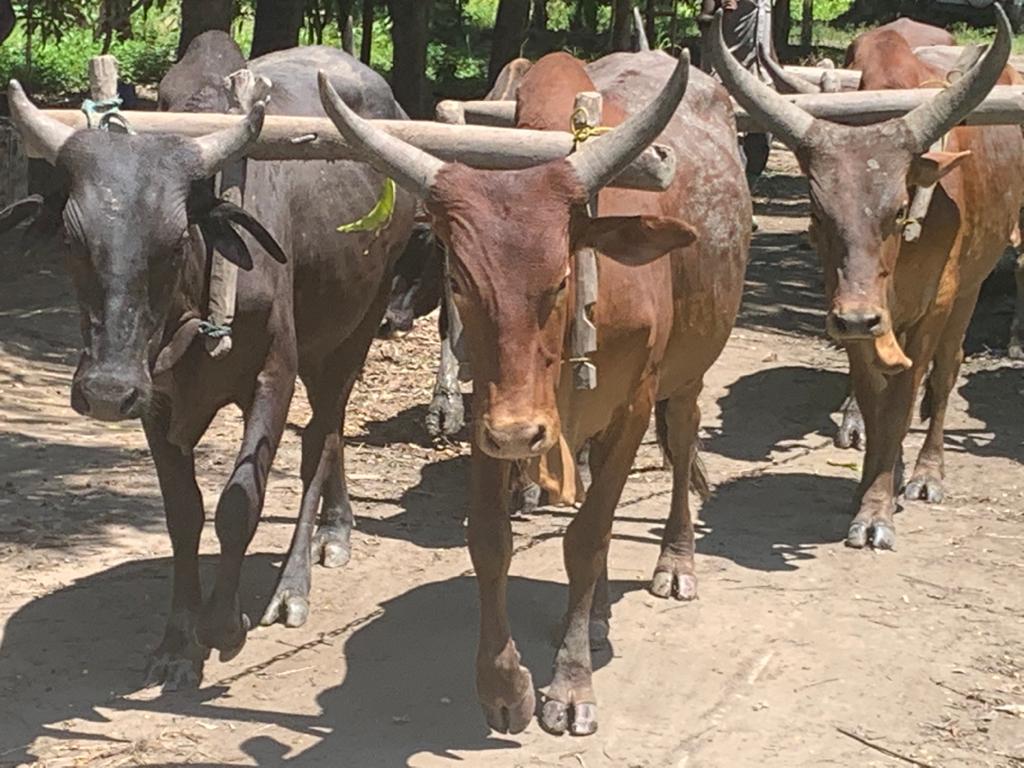
Benefits of using combinations of hand hoe and the improved farm implements (ox-plough, tractor or ox-plough and tractor) compared to using hand hoe alone:
- Cultivation of larger land area for rice production than when only hand hoe is used;
- Higher productivity because of timeliness in farm operations;
- Higher rice output;
- Higher rice income.
Conclusion
Although the use of ox-plough and tractor are promoted because of their benefits including cultivating large land areas, enhancing productivity, achieving larger rice outputs and incomes from rice farming, the use of hand hoe in combination with the other farm implements is inevitable because of limitations of using ox-plough and tractors in certain farm operations and some parts of rice farms. As far as policy intervention is concerned, emphasis should be placed on the promotion of the use of hand hoe and ox-plough, not only because it is more widely used in rice farming but also because it can be used in swampy areas where tractors are unable to operate.
Feature image: Mngeta, Kilombero: A farmer with his tractor stuck on the way to his rice farm. Credit: APRA Tanzania.
Please note: During this time of uncertainty caused by the #COVID19 pandemic, as for many at this time, some of our APRA work may well be affected but we aim to continue to post regular blogs and news updates on agricultural policy and research.
